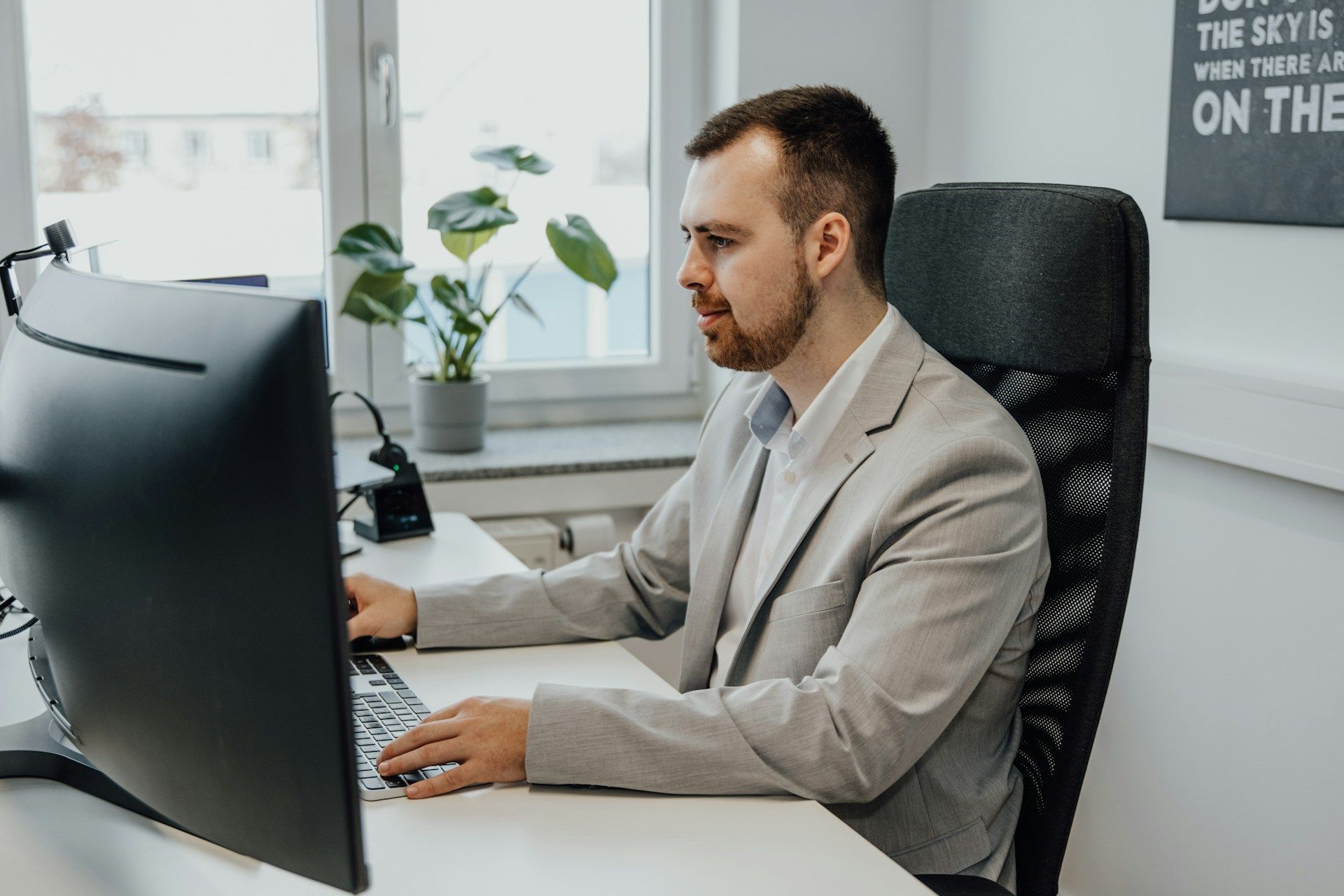Ways to Improve Low Click-Through Rates in Church Google Ad Campaigns
If your church has started using the Google Ad Grant but you’re not seeing many clicks, you’re not alone. A low click-through rate (CTR) often means your ads aren’t connecting with the right people, or the right message isn’t being shared. CTR basically tells you how often people are clicking on your ad after seeing it. When you improve this number, your ads become more helpful and effective for your ministry’s outreach.
Getting people to actually click on your message means more visitors to your website, more awareness of your mission, and more opportunities to build community. At Faithworks Marketing, we help churches understand how to better use the Google Ad Grant for churches to reach their audience more effectively. Let’s dig into some of the most common reasons why your click-through rate might be low and what you can start doing about it.
Identify the Root Causes of Low CTR
Low click-through rates can come from a mix of problems, but they often boil down to how well your ads speak to real people searching for help, inspiration, or connection. When someone sees your ad, if it doesn’t feel relevant, helpful, or inviting, they’re likely to keep scrolling.
Here are a few reasons why your CTR might be underperforming:
1. Irrelevant Keywords:
If your ads are triggered by keywords that don’t match what people are looking for, they’re not going to click. For example, using the word “service” might bring up your ad for someone looking for car maintenance instead of church worship. Choosing the wrong keywords pulls in the wrong crowd.
2. Disconnected Ad Copy: Ad text that feels too general or vague won’t stand out. If your message doesn’t clearly explain what your church is offering or how it helps the person reading, it misses the mark. People want to know what to expect when they click.
3. Unoptimized Landing Pages:
Sometimes the ad looks good, the wording is right, and the person clicks, and then lands on a page that has nothing to do with what the ad promised. When the landing page isn’t aligned with the ad topic or is hard to navigate, it affects your overall experience score and discourages future clicks.
Fixing these issues often starts with a better understanding of who you want to reach and what they care about. From there, narrowing your keyword list and rewriting ads to highlight clear benefits can help fix low engagement. Think about what would catch your own attention if you were scrolling or searching.
Optimize Ad Copy for Better Engagement
Your ad copy is more than just filler text. It’s the hook that should grab attention, speak clearly, and make the reader feel like the message is meant for them. Writing ad text that connects personally with someone takes a few key tweaks.
Here are a few quick ways to boost ad engagement through stronger copy:
- Use specific wording. Saying “Join Worship This Sunday at 10 AM” gives more clarity than “Come Visit.” Tell people exactly what they’ll find.
- Match the ad wording to the search intent. If someone is searching “youth group near me,” your ad should say something about local youth groups, not general church services.
- Avoid overly formal phrases. Write like you’d talk to a neighbor. Keep it natural and welcoming.
- Include a call-to-action. Something simple like “Plan Your Visit” or “Watch Live Online” helps prompt people to click.
Example: Instead of “We welcome all to our Sunday service,” try “New here? Visit our church this Sunday at 10 AM and meet new friends.”
Make sure your message feels real and personal. People are more likely to click when they feel like they’re being spoken to directly, not just advertised to. The more your ads reflect the honest voice of your church, the more inviting they become.
Improve Keyword Targeting
Your ads are only as effective as the keywords behind them. If the search queries triggering your ads don't match what your church actually offers, it's no surprise clicks aren't coming through. That’s why getting specific with your keywords is a must.
Start by putting yourself in the shoes of someone searching for a church online. What would they type if they were looking for a Sunday service? Maybe “family-friendly church service near me” or “kids' church activities.” These are more focused than general words like “worship” or “church,” which can attract a much broader audience that's less likely to click.
Using long-tail keywords (those with 3 or more words) can help boost relevance and reduce competition. For example, instead of targeting “youth,” try “church youth programs in [your city]” or “high school teen Bible group.”
Negative keywords also come in handy. These are terms you want to avoid showing your ads for. If you keep seeing traffic that doesn’t result in clicks because they were looking for non-ministry-related topics, a negative keyword list can help remove that noise.
Track which keywords perform best and adjust from there. Noticing clicks rise on phrases like “Sunday morning contemporary service”? That’s a sign to expand along that pattern and remove the ones that are falling flat. Google’s search terms tool within your campaign helps with this by showing actual words people used to find your ad.
Taking time to focus keyword targeting will keep your ads relevant, improve click-through rates, and reduce waste on unqualified views.
Enhance Landing Page Experience
Once someone clicks your ad, the landing page is where first impressions really settle in. Even a well-written ad can fall short if it takes visitors to a page that's confusing, slow, or doesn’t deliver what the ad promised.
Here are a few ways to create a better experience after the click:
- Make sure your message lines up. If the ad talks about youth programs, the landing page should talk about those same programs. Keep visitors on topic.
- Prioritize page speed. A slow-loading page pushes people away quickly. Most folks won’t wait more than a few seconds.
- Optimize for mobile. More people now browse on their phones, so images, buttons, and text should all adjust for smaller screens smoothly.
- Keep the layout simple. Use clear headings, short sentences, and bullet points to share core information quickly.
- Add a clear next step. Make it easy for someone to take action. Whether it’s “Register for Youth Night” or “Plan Your Visit,” the button should stand out, and the process should be simple.
Let’s say your ad says, “Join Us for a Community Easter Dinner.” If someone clicks and ends up on the church homepage with no info about the dinner, that disconnect will lead to a quick exit. Match the landing page to the ad content, and you build trust right away.
Helping More Visitors Connect with Your Church
Raising click-through rates on your Google Ad Grant campaigns comes down to delivering the right message to the right person at the right time. Start by cleaning up keyword lists so your ads show up in front of people who are actually searching for church services or ministry opportunities. Then match your ad copy to their needs and express your offering clearly and kindly.
Don’t forget about what happens after they click. A smooth and focused experience on the landing page makes it far more likely they'll stay, read, and take the next step, whether it's showing up on Sunday or reaching out during the week.
Understanding how so many small parts work together might seem overwhelming, but it’s doable with the right help. Faithworks Marketing has helped churches use the Google Ad Grant to improve outreach, message clarity, and website engagement, and we’re here to walk with you through it.
Ready to improve your church's online engagement? By optimizing your Google Ad Grant campaigns, you can enhance your outreach and more effectively connect with your community. Discover how to maximize your
Google Ad Grant for churches with the expertise of Faithworks Marketing. Together, let's transform your digital presence and ensure your message reaches those who need it most.












